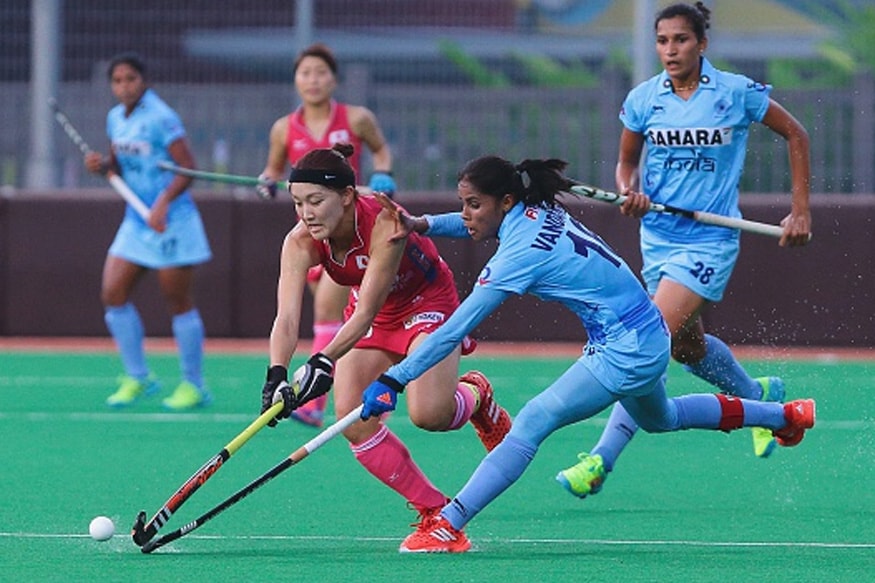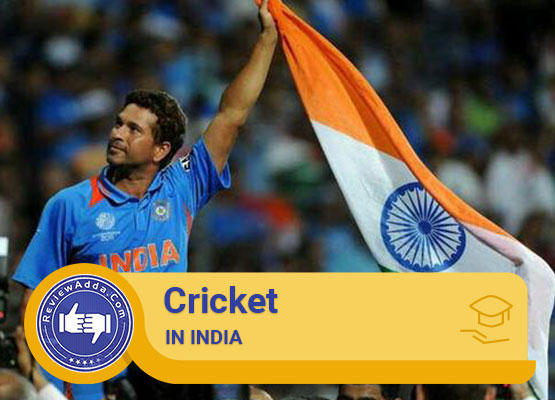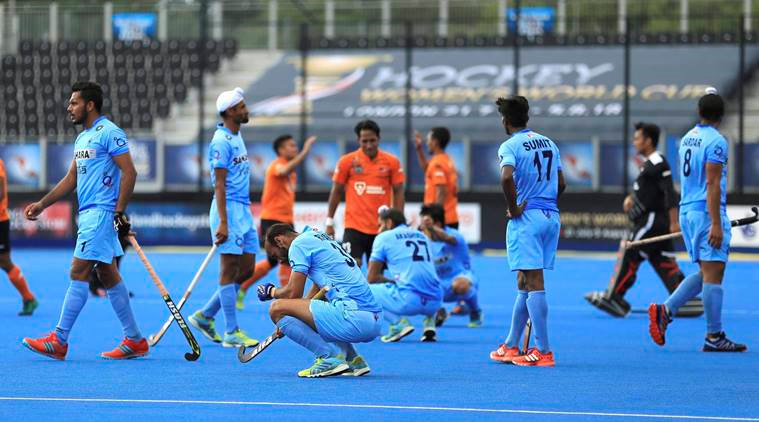
Indian national sport pro#
While some sustainable professional leagues have been created in sports such as kabaddi and badminton, many other sporting leagues only operated for a single season (e.g., Super Boxing League), closed down (e.g., Golf Premier League), or were mired in financial and other controversies (e.g., Pro Wrestling League) (10,11). However, the booming interest in sport has not necessarily resulted in improved performances in the sector. The inclusion of sport as part of the mandated corporate social responsibility program has led large Indian corporate organisations (e.g., the Tata Group) to create and fund grassroots sporting programs through their philanthropic arm, (e.g., the Tata Trust). Private investment in sport has skyrocketed with broadcast rights increasing and new partnerships forming such as Reliance Industries and Star India’s joint ownership of the Indian Super League (9). Since 2013, there have been more than a dozen new national sport leagues launched, with some achieving spectacular success (8). The Indian women’s cricket team finished second in the 2017 World Cup. India recently hosted the FIFA U17 Boys World Cup. Khelo India, a national level youth sporting competition, is indicative of the increased government investment in sport.


Overall, governance seeks to ensure that the sector, as a whole and as individual organisations, are collaborating towards a shared outcome while monitoring and evaluating organisational performance. These influences include pressures from government and other stakeholders, global trends, and relationships with other sport organisations (7). Systemic governance describes how impacts from the broader sector can influence the governance of an organisation. At this level, good organisational governance has been linked with high-performing sport organisations (5,6). This may include elements such as structures, group dynamics, composition, and the roles and responsibilities of the executive committee. Organisational governance focuses on how an organisation governs itself and is usually focused on the executive committee. Governance occurs in, primarily, two forms within the sport sector: systemic and organisational governance. Thus, “good governance does not in itself guarantee success … but its absence almost certainly guarantees failure. Governance is central to any sport system as it involves envisioning the future and overseeing progress by setting the parameters for different elements of the sport system including talent identification and development, facilities, sport science, competition opportunities, and financial support(3). Oversight refers to ensuring an organisation is run in accordance with the relevant rules and policies (e.g., legislation, organisational constitutions, codes of conduct, etc) (1) Direction refers to the mission, objectives, and strategies of an organisation (2). Sport governance can be defined as the process of oversight and direction of a sport organisation.

India’s sport sector is growing at an explosive rate.

XIX Commonwealth Games Delhi: Hockey (Men`s) Indian team Summary


 0 kommentar(er)
0 kommentar(er)
